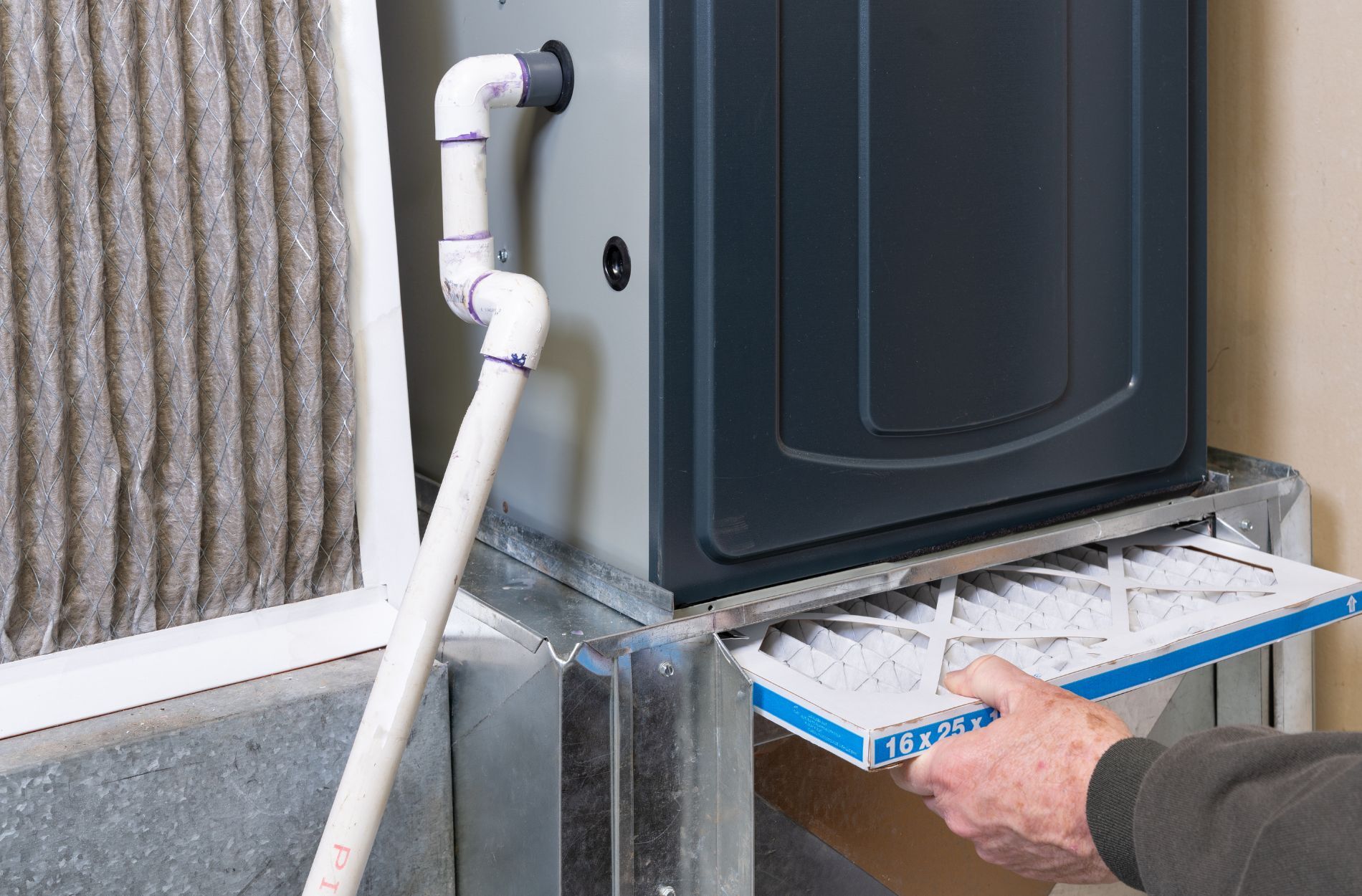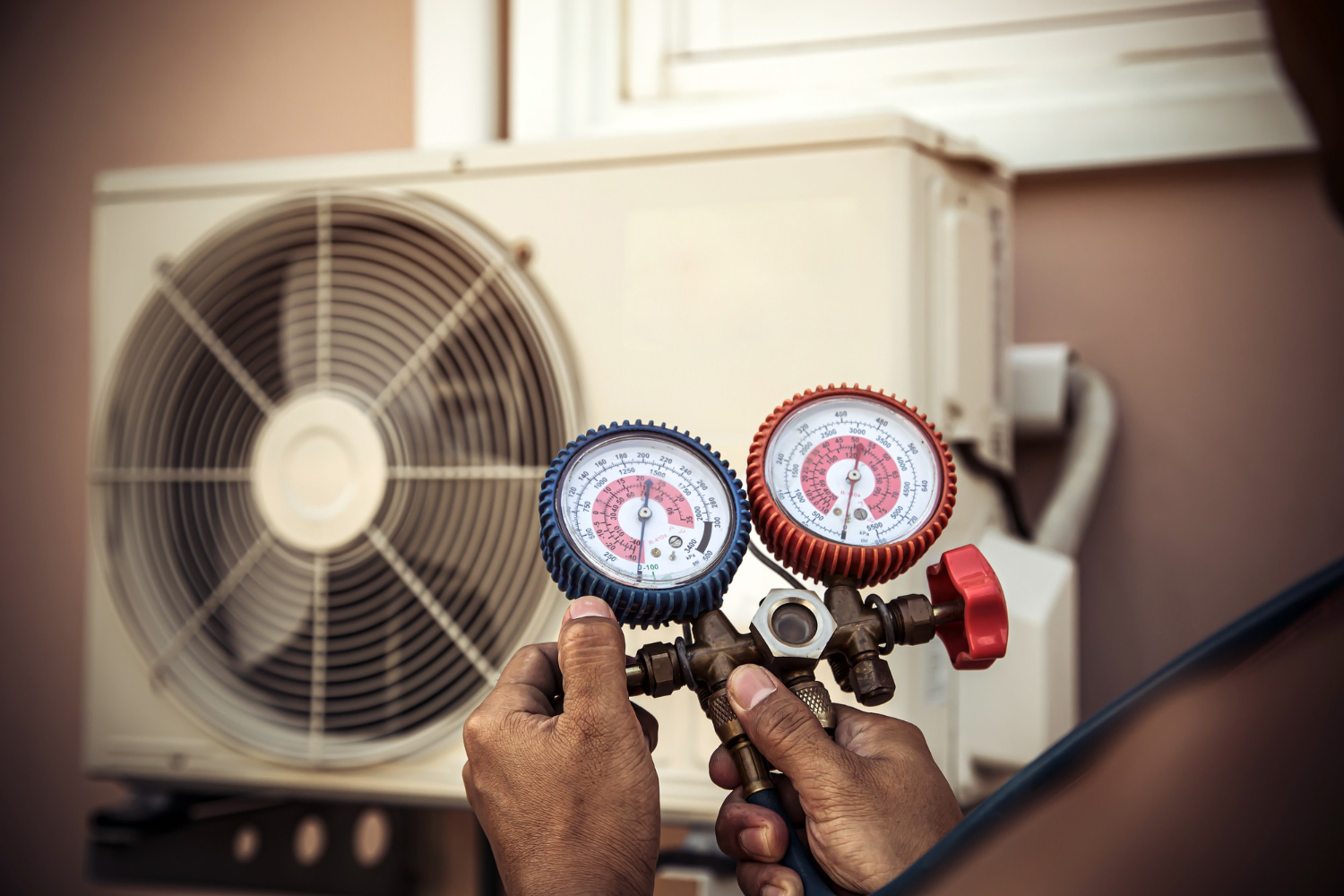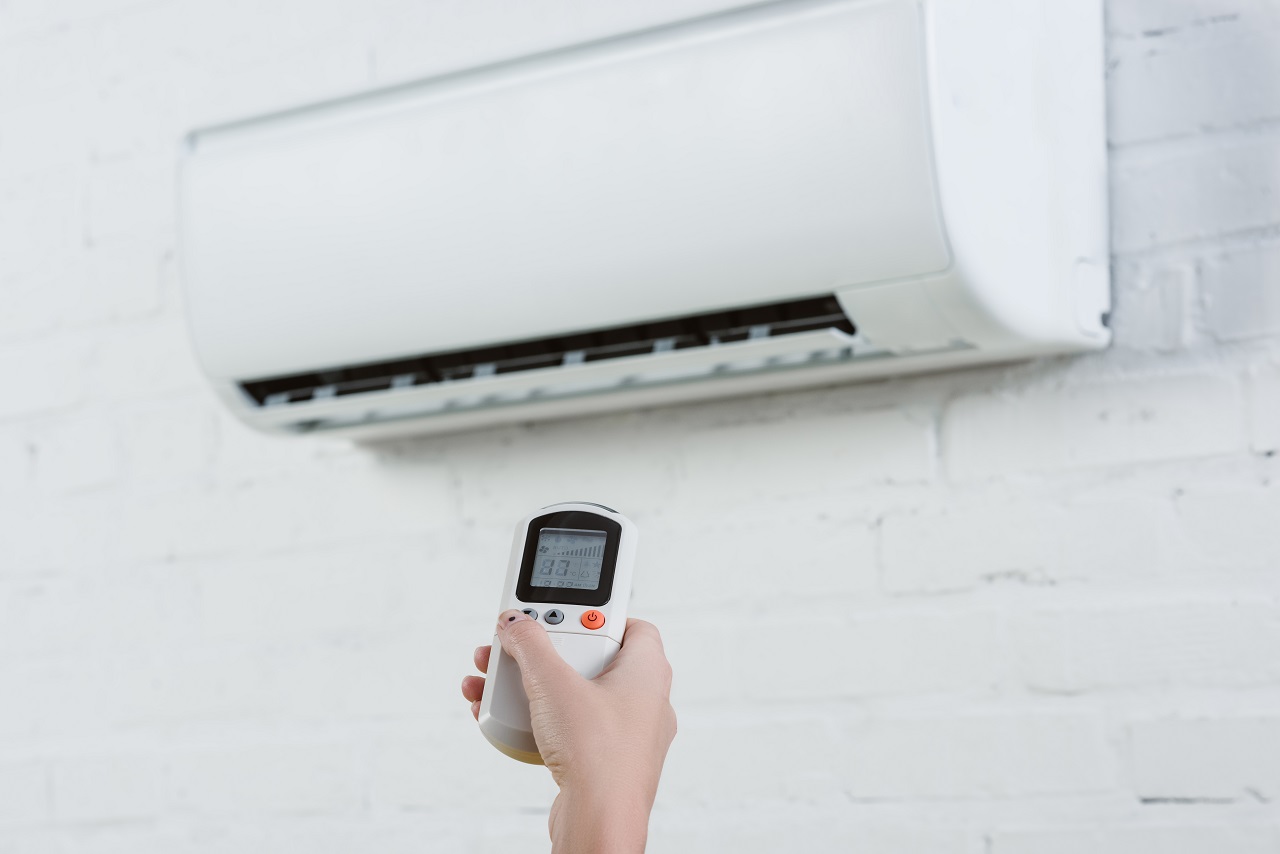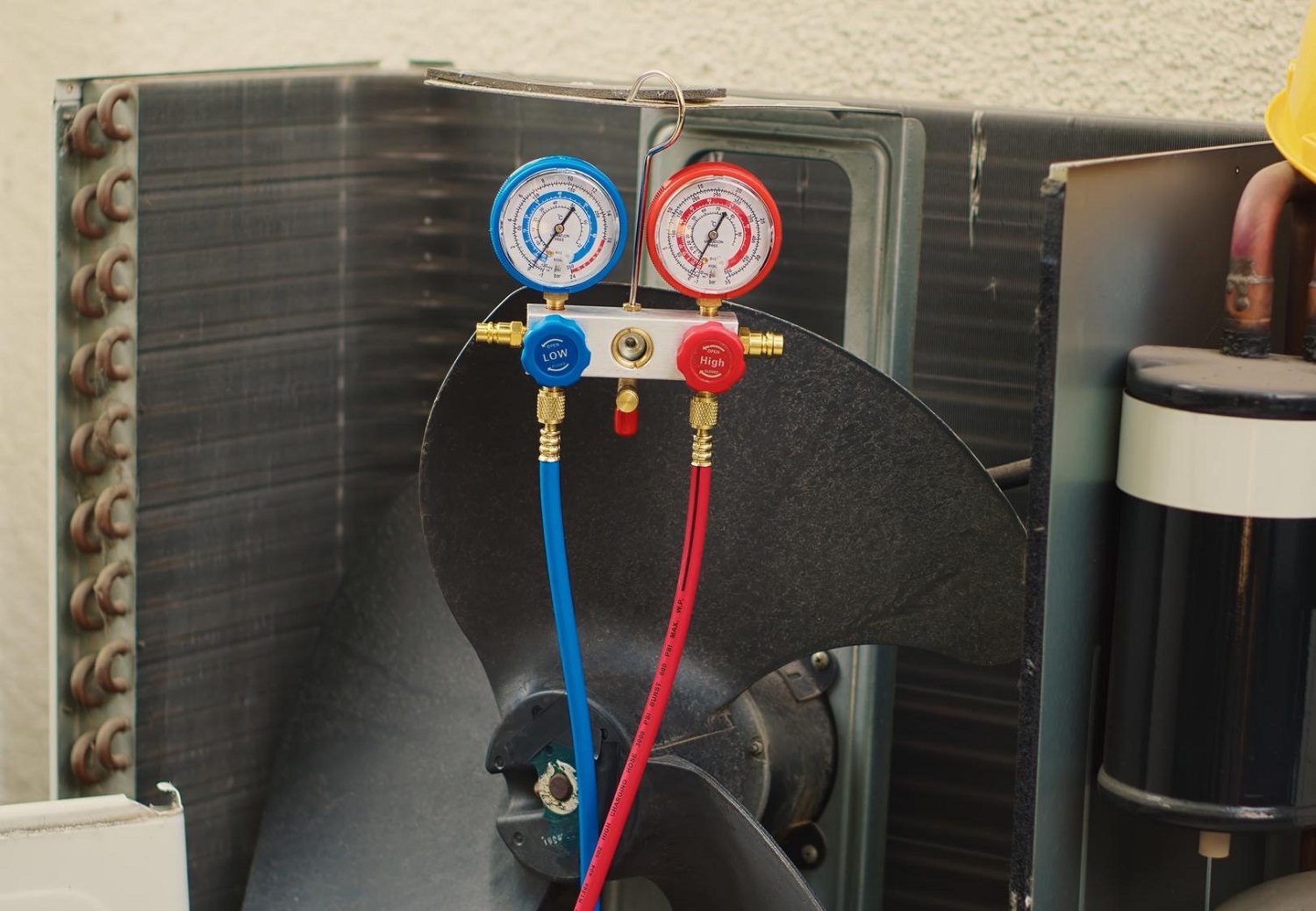Types of Furnace Systems Available
1. Gas Furnaces:
Gas furnaces are one of the most common types of heating systems. They utilize natural gas to produce heat, which is distributed throughout your home via ductwork. Gas furnaces are known for their efficiency and ability to quickly warm up a space.
2. Electric Furnaces:
Electric furnaces use electricity to generate heat. They are generally easier to install and maintain than gas furnaces. These systems are a good option for homes that do not have access to natural gas. While electric furnaces may have higher operating costs due to electricity prices, they are known for being safe and straightforward in terms of furnace maintenance.
3. Oil Furnaces:
Oil furnaces are another alternative, particularly for homes in areas without natural gas lines. These furnaces burn oil to create heat. They tend to be more expensive to install and maintain but are effective in providing consistent warmth in colder climates.
4. Dual Fuel Systems:
Key Factors to Consider Before Installation
Before proceeding with a heating installation, evaluating key factors can ensure you choose the best furnace system for your home.
1. Home Size and Layout:
The size and layout of your home significantly impact the type of furnace you need. Larger homes may require a more powerful system or additional units to ensure even heating.
2. Energy Efficiency:
3. Budget:
Furnace installation involves immediate and long-term costs, including the initial purchase price, installation fees, and operating expenses. It’s vital to set a budget and consider financing options if necessary.
4. Existing Infrastructure:
5. Climate:
The local climate also plays a role in selecting the right furnace. Homes in colder regions may benefit from more powerful or dual fuel heating systems to ensure adequate warmth throughout the winter.
Steps in the Furnace Installation Process
Understanding the furnace installation process can help you prepare and ensure a smooth experience.
1. Initial Assessment and Consultation:
The process begins with an initial assessment of your home. Our technicians conduct a thorough inspection to determine your heating needs and discuss your preferences. This consultation helps identify the most suitable heating systems for your specific requirements.
2. Selecting the Right Furnace:
3. Preparing the Installation Site:
Before the actual installation, our technicians prepare the site. This involves clearing the area, checking ductwork, and ensuring that all electrical connections are safe and ready. Any necessary modifications or upgrades are also completed at this stage.
4. Installing the Furnace:
5. Testing and Calibration:
After installation, the furnace undergoes a series of tests to ensure it operates correctly. Our technicians calibrate the system for optimal performance, checking airflow, thermostat settings, and overall functionality.
6. Final Inspection and Walkthrough:
Once the testing is complete, our professionals conduct a final inspection to verify everything is in order. They will then walk you through the system’s operation, providing instructions on how to use and maintain your new furnace effectively.
Post-Installation Maintenance and Care
Proper post-installation maintenance is essential to keep your furnace running efficiently and to extend its lifespan.
1. Regular Inspections:
Scheduling regular inspections with our technicians is important to detect any potential problems early. These inspections typically include checking the furnace’s various components, cleaning filters, and ensuring that all parts are working correctly. By addressing minor issues promptly, you can avoid costly furnace repairs later.
2. Changing Filters:
One of the simplest yet most effective maintenance tasks is changing the furnace filters regularly. Clogged filters can reduce airflow and strain the system, leading to reduced efficiency and potential breakdowns. Our professionals recommend checking and replacing filters every few months, depending on usage.
3. Monitoring Thermostat Settings:
Keep an eye on your thermostat settings to ensure your furnace operates efficiently. If you notice any inconsistencies in temperature, our technicians can calibrate the thermostat or recommend a replacement if needed.
4. Annual Tune-Ups:
An annual tune-up conducted by our professionals ensures your furnace remains in good working condition. This comprehensive check includes inspecting the heat exchanger, blower motor, and other critical components. Regular tune-ups can help identify and address potential issues before they become major problems.
5. Prompt Repairs:
If you encounter any problems with your furnace, seek prompt furnace repair services. Ignoring warning signs such as unusual noises, frequent cycling, or uneven heating can lead to more severe damage. Our technicians can diagnose and fix issues efficiently, minimizing downtime and maintaining your home’s comfort.
Conclusion
A successful furnace installation involves selecting the right system, understanding the installation process, and maintaining the furnace post-installation. By familiarizing yourself with the types of furnace systems available and considering key factors before installation, you can make an informed decision that ensures long-term comfort and efficiency.
For expert furnace installation in Prairieville, trust TemperaturePro Baton Rouge. Contact us today to schedule your appointment and experience the benefits of a professionally installed and well-maintained furnace!








